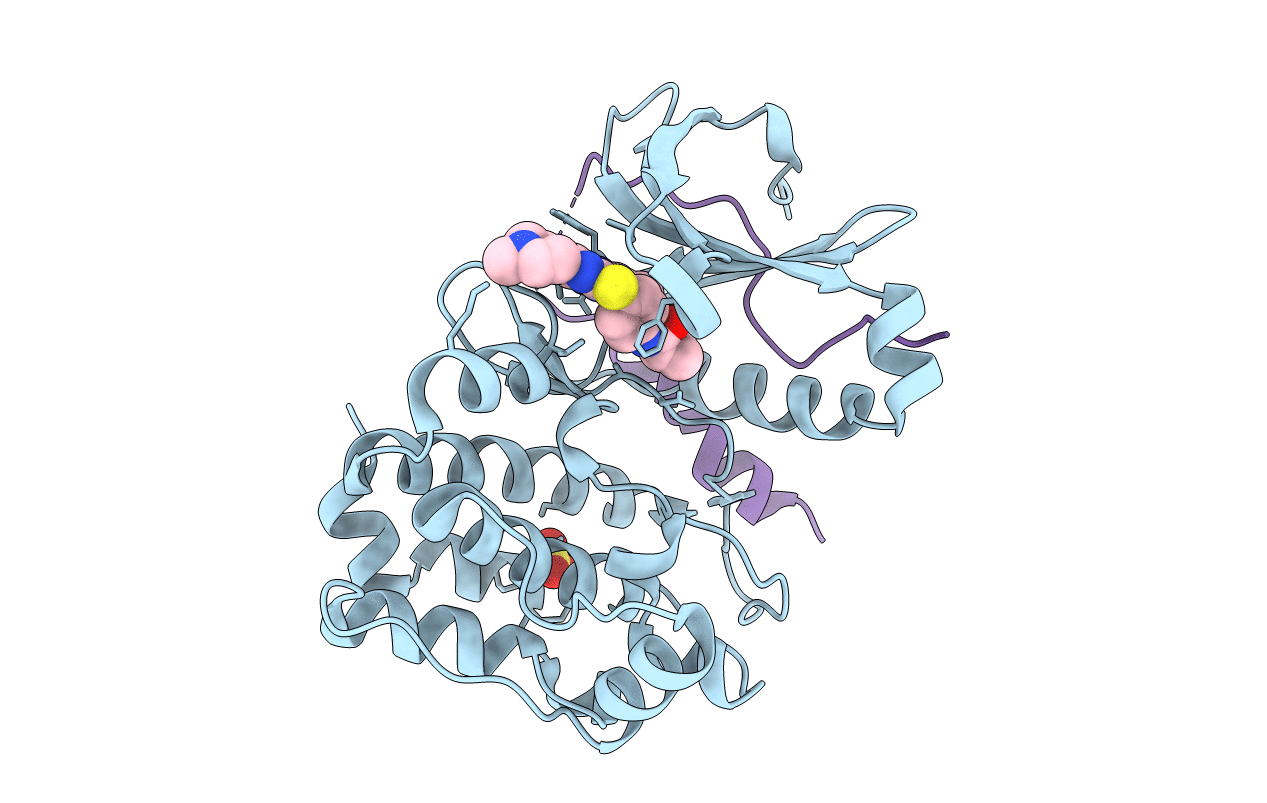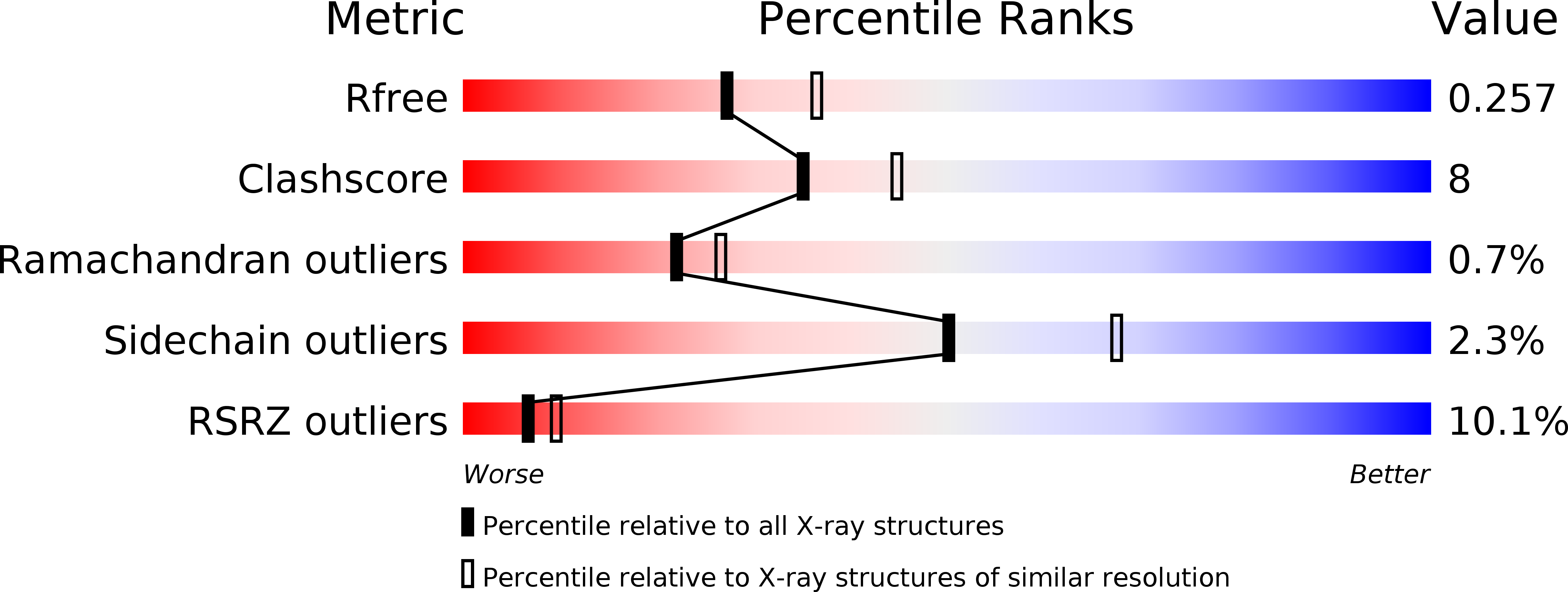
Deposition Date
2008-08-13
Release Date
2008-10-28
Last Version Date
2024-10-30
Entry Detail
PDB ID:
3E5A
Keywords:
Title:
Crystal structure of Aurora A in complex with VX-680 and TPX2
Biological Source:
Source Organism:
Homo sapiens (Taxon ID: 9606)
Host Organism:
Method Details:
Experimental Method:
Resolution:
2.30 Å
R-Value Free:
0.25
R-Value Work:
0.20
R-Value Observed:
0.20
Space Group:
C 2 2 21


